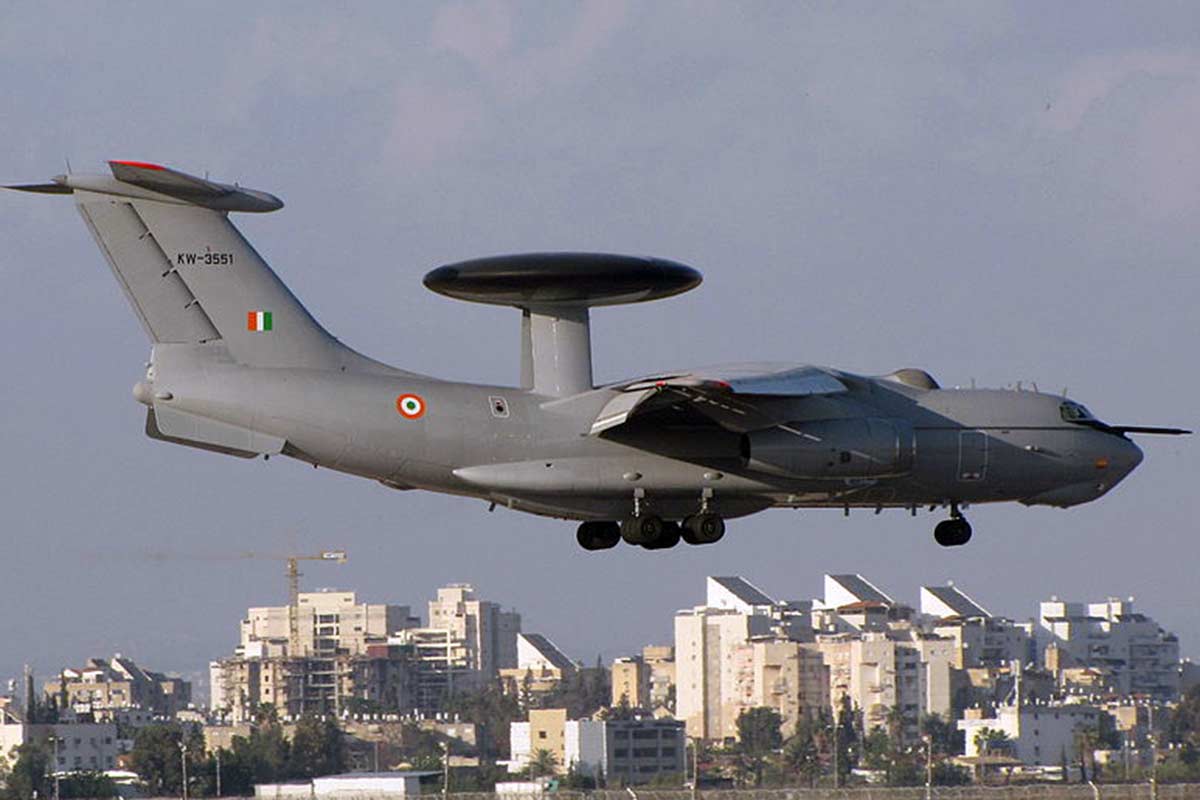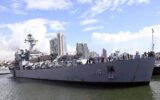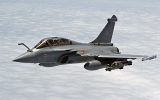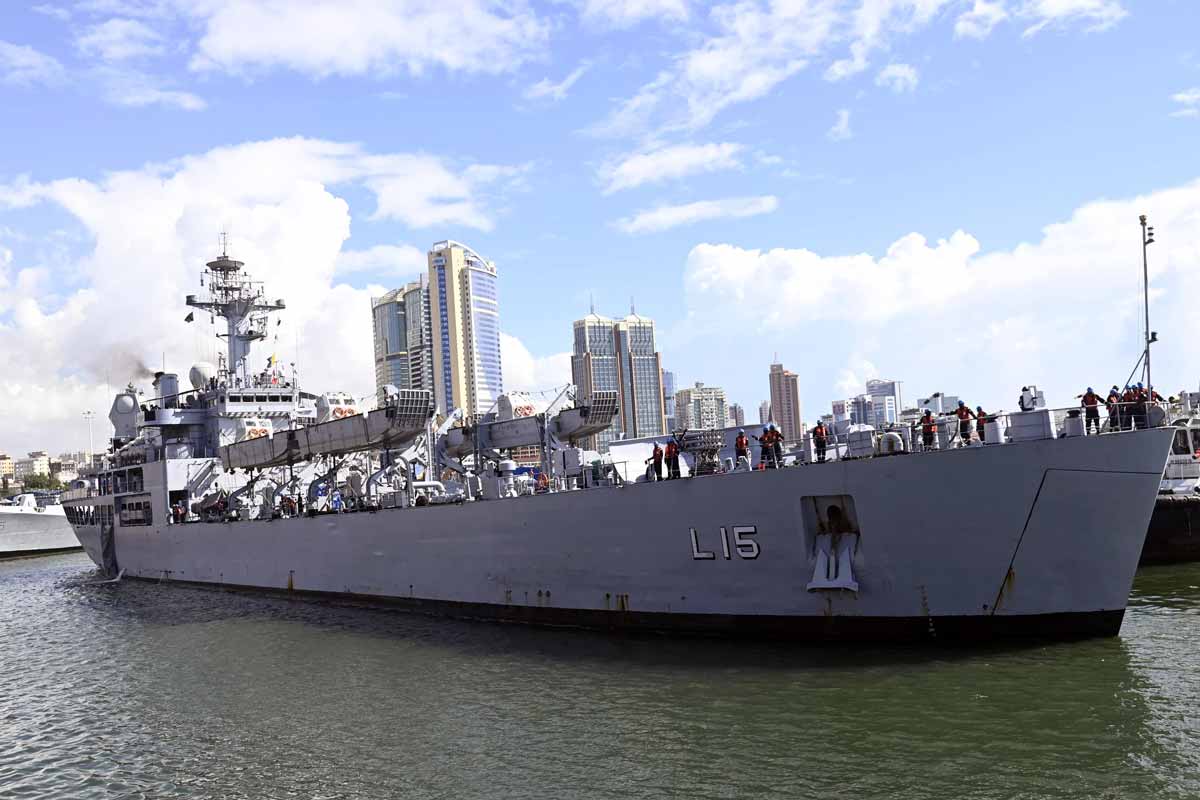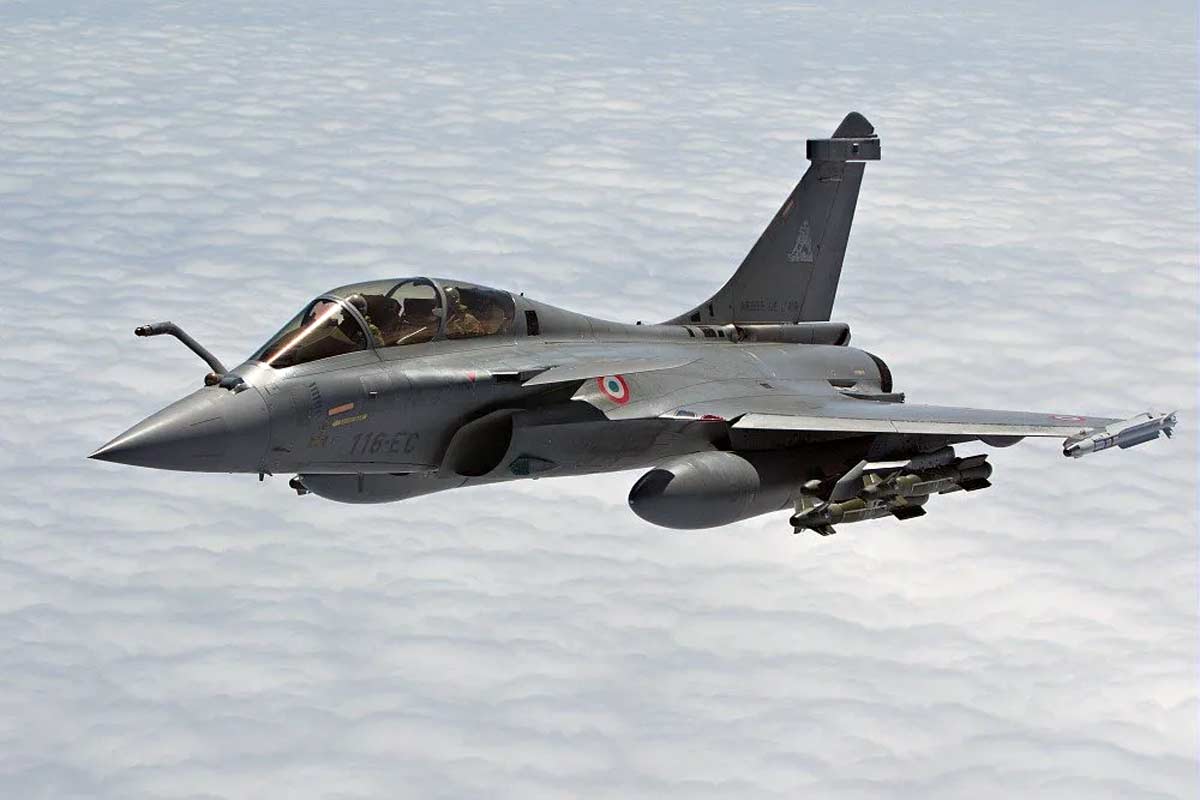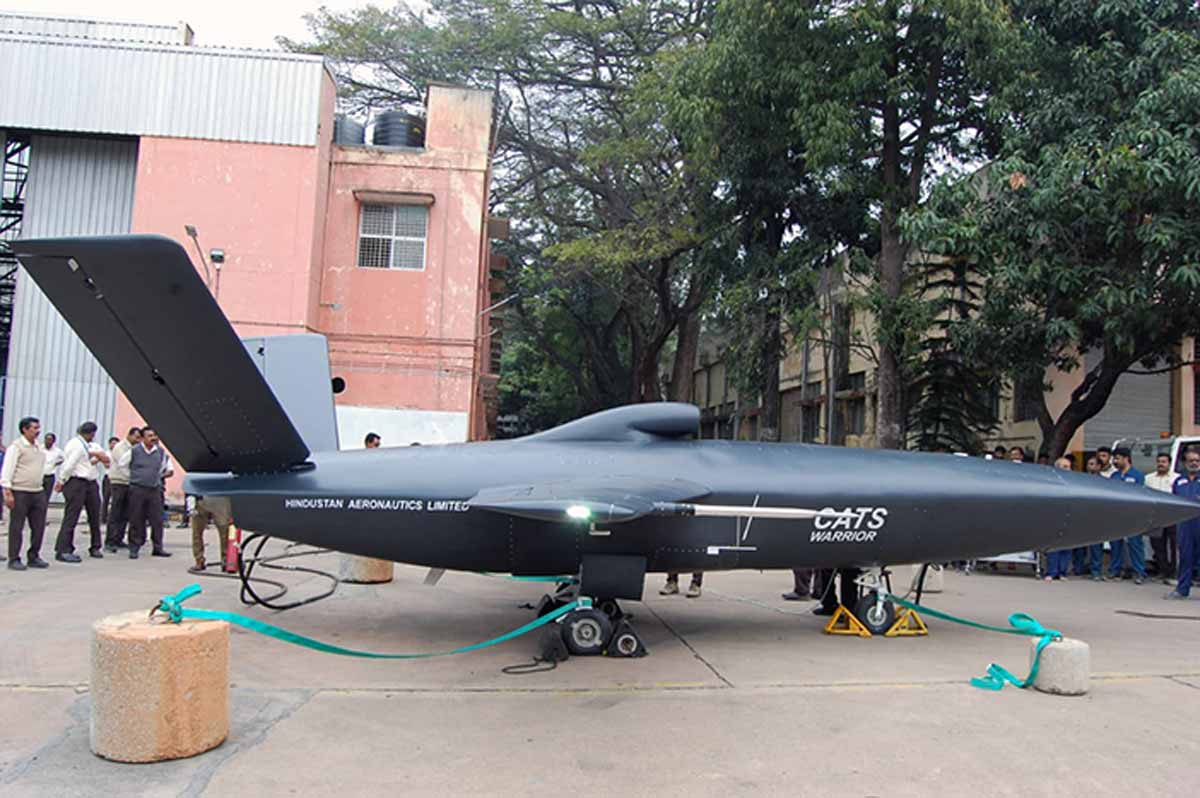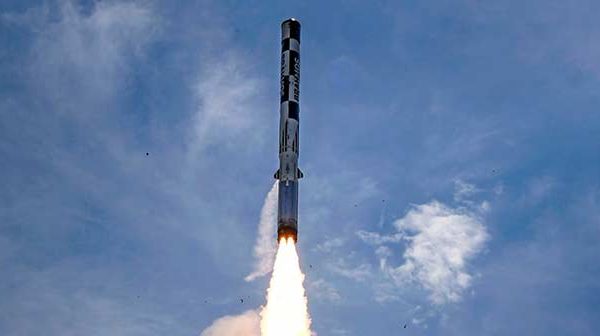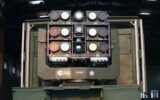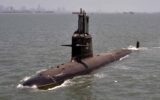India-Israel Awacs Deal: Indian government is likely to order two more Phalcon Airborne Early Warning and Control System (AWACS) from Israel in a $1 billion deal as the country gears up to face an aggressive China on Himalayan border.
The acquisition of the two AWACS, with the Israeli Phalcon early-warning radar system mounted on Russian Ilyushin-76 heavy-lift aircraft, is all set to get the approval from the Cabinet Committee on Security (CCS) after extensive inter-ministerial consultations, according to a ToI report.
The two new Phalcon AWACS, which will add to the three such aircraft inducted by the Indian Air Force in 2009-2011 under a US$1.1 billion contract, will be delivered in three to four years.
According to the report, the need for additional AWACS was acutely felt during the pre-dawn strikes at Balakot and the subsequent aerial skirmish with Pakistani fighters in February last year.
The ongoing military confrontation with China in eastern Ladakh has further reinforced the operational requirement as Indian military gears up for a possible two-front war scenario involving both China and Pakistan.
AWACS or AEW&C (airborne early-warning and control) aircraft are critical in modern warfare because they can detect and track incoming fighters, cruise missiles and drones much before the ground-based radars.
China-Pakistan AWACS a nightmare for IAF
According to reports, Pakistan is ahead of India in airborne early warning radar systems.
While Pakistan has 8-10 Chinese Karakoram Eagle ZDK-03 AWACS and Swedish Saab-2000 AEW&C, China has over 30, including Kong Jing-2000 Mainring, KJ-200 Moth and KJ-500 aircraft.
India’s AWACS strategy
Indian Air Force has just three Phalcon AWACS, with a 400-km range and 360-degree coverage, which are inadequate for a possible two front war scenario.
IAF also has two indigenous Netra AEW&C aircraft, with indigenous 240-degree coverage radars with a 250-km range fitted on Brazilian Embraer-145 jets.
In March 2015, Indian defence ministry approved a Rs 5,113 crore plan to acquire two AWACS aircraft having an indigenous AESA (active electronically scanned array) radars with 360-degree coverage. These were to be fitted on Airbus A-330 wide body jets but the project is yet to be cleared by the CCS.


